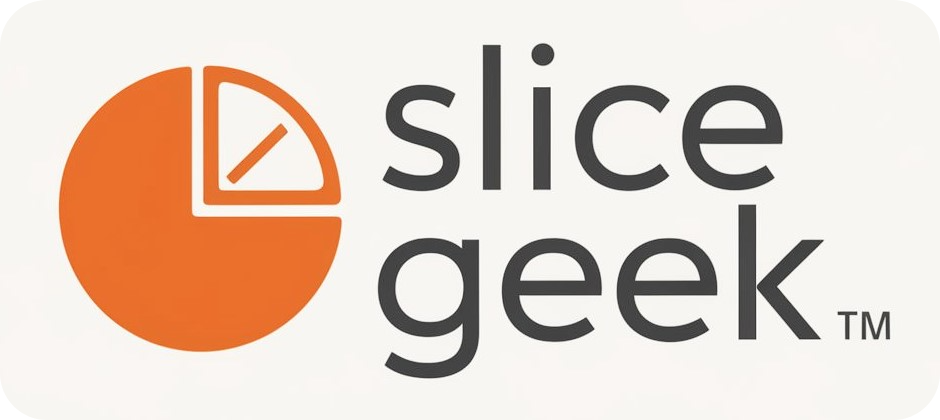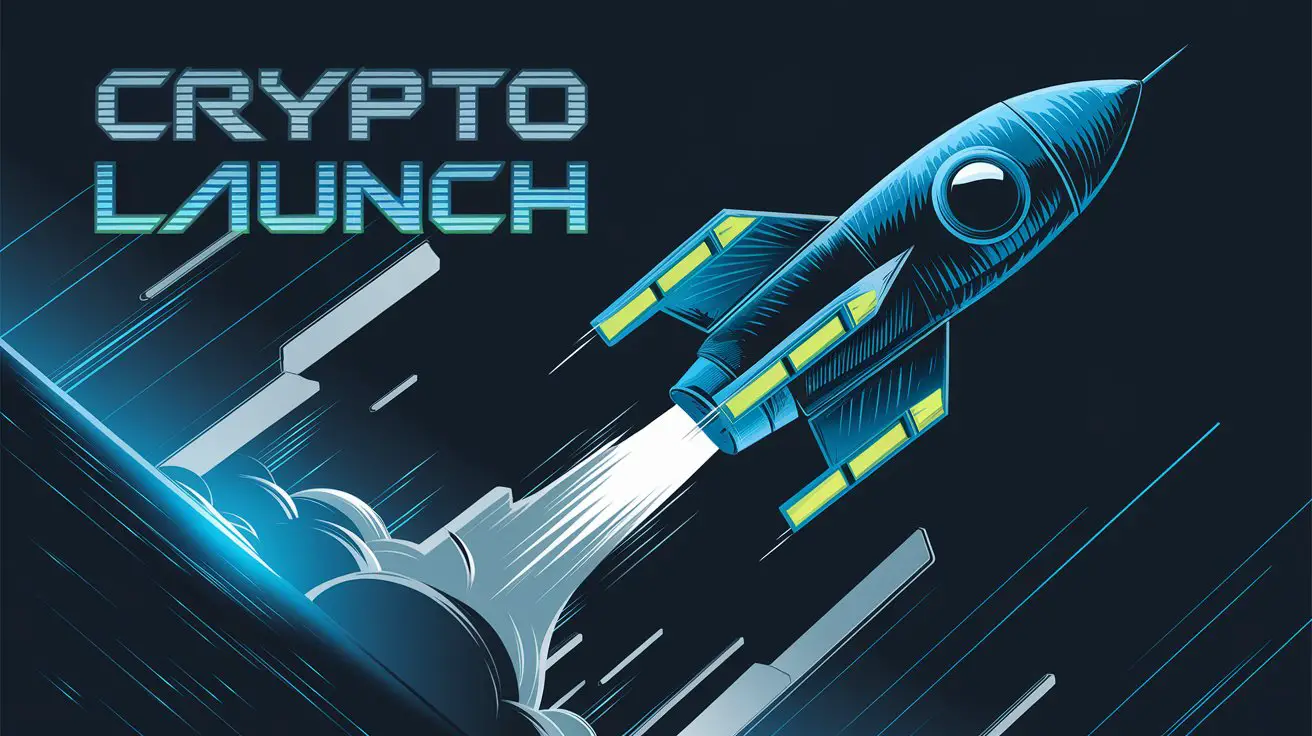In a significant move for the cryptocurrency industry, leading crypto platforms including Robinhood and Kraken have launched a new global stablecoin network designed to enhance cross-border transactions, improve liquidity, and offer more reliable cryptocurrency solutions for users worldwide. This network represents a collaborative effort among major crypto firms to create a stable, accessible digital currency system that addresses some of the challenges traditionally associated with global stablecoin usage.
The Vision Behind the Stablecoin Network
Stablecoins, which are digital assets pegged to a stable reserve of assets like the U.S. dollar or other fiat currencies, have become an increasingly popular solution for both consumers and businesses. Unlike cryptocurrencies such as Bitcoin or Ethereum, whose prices can fluctuate drastically, stablecoins offer a level of predictability and stability. The new global stablecoin network leverages these benefits to support secure, fast, and cost-effective transactions worldwide, aiming to reduce barriers to cryptocurrency adoption.
The motivation behind the global stablecoin network is twofold. First, it seeks to establish an industry-standard approach to stablecoin transactions, promoting transparency and regulatory compliance across borders. Second, it aims to provide a unified infrastructure that enables seamless payments and transfers, regardless of national borders. This move also aligns with the crypto sector’s broader push for greater legitimacy and accessibility as it evolves from a niche market to a more mainstream financial ecosystem.
Key Players and Strategic Partnerships
Robinhood and Kraken, two of the most prominent names in cryptocurrency trading and financial technology, are central players in this network. These companies, each with extensive experience and influence in the digital finance landscape, bring robust trading and security expertise. Their participation in the global stablecoin network signals a commitment to making cryptocurrency more user-friendly and adaptable to global needs.
Alongside Robinhood and Kraken, other major players in the crypto and blockchain industry have joined forces to support and implement the network. These partnerships bring in a wealth of experience in blockchain development, liquidity provision, and security protocols, ensuring that the network is capable of handling large-scale operations and diverse use cases. Together, these companies provide the infrastructure necessary for a stable and reliable network that aims to serve millions of users worldwide.
How the Network Functions
The stablecoin network operates by leveraging blockchain technology, the decentralized ledger system that underpins most cryptocurrencies. Each transaction within this network is recorded on a blockchain, providing transparency and security to users. The global stablecoin network is designed to support multiple stablecoins, each backed by a reserve asset, such as the U.S. dollar, euro, or other widely accepted fiat currencies. This variety allows users to transact in stablecoins that are most relevant to their local economies, reducing the need for currency conversions.
A key advantage of this network is its ability to facilitate instant transactions. Traditional international transfers can take days to settle, and high transaction fees often make them costly. The global stablecoin network addresses this by enabling near-instant transactions at a fraction of the cost of conventional financial services. Moreover, the decentralized nature of blockchain technology ensures that these transactions are secure and transparent, further enhancing trust among users.
Use Cases and Real-World Applications
The global stablecoin network has a wide range of applications. One primary use case is in cross-border payments, where stablecoins can serve as an efficient and cost-effective alternative to traditional banking methods. For businesses that operate internationally, the network offers an easier way to pay suppliers, manage payroll, and conduct transactions without incurring high fees or dealing with fluctuating exchange rates.
Another promising application lies in remittances. The new network allows individuals working abroad to send money back to their families without the often exorbitant fees associated with international remittance services. By using stablecoins, individuals can transfer money to recipients in other countries at a lower cost and with faster processing times. This is especially beneficial for people in developing countries who rely heavily on remittances.
Additionally, the network can enhance decentralized finance (DeFi) applications by providing stablecoins that serve as a reliable medium of exchange. Many DeFi protocols currently struggle with volatility issues inherent to cryptocurrencies like Bitcoin and Ethereum, making stablecoins an ideal alternative. The network’s stablecoins can help maintain stability within DeFi ecosystems, facilitating growth and adoption.
Addressing Regulatory and Security Concerns
One of the biggest challenges in the cryptocurrency space has been navigating regulatory frameworks that vary widely across different regions. Recognizing this, the global stablecoin network has been designed to prioritize compliance and security. The participating firms, including Robinhood and Kraken, have committed to adhering to regulatory standards, implementing robust Know Your Customer (KYC) and Anti-Money Laundering (AML) measures to ensure lawful usage.
To further reinforce security, the network employs advanced blockchain encryption and multi-signature authentication methods to safeguard transactions. Additionally, the reserve assets backing the stablecoins are held in trusted financial institutions, adding another layer of security for users. By focusing on compliance and security, the network aims to foster trust among regulators, users, and businesses, potentially making it a model for future crypto initiatives.
Impact on the Global Financial Landscape
The launch of a stablecoin network at this scale has the potential to disrupt traditional financial systems by offering an alternative to legacy banking services. The ability to conduct low-cost, near-instant international transactions challenges the established model of slow, high-fee banking. Over time, this could drive financial institutions to modernize their systems and adopt blockchain technology to stay competitive.
Furthermore, this stablecoin network could help level the playing field by providing financial services to those who are unbanked or underbanked, particularly in developing nations. By bypassing traditional banking infrastructure, the network opens up access to people who might otherwise be excluded from the financial system, fostering greater economic inclusion and resilience.
Future Directions and Challenges
While the global stablecoin network presents an exciting innovation, it also faces potential challenges. The regulatory landscape for stablecoins is constantly evolving, and compliance with international financial laws will require ongoing adaptation. Additionally, stablecoins backed by fiat currencies are only as stable as the reserves themselves. Should economic instability impact these reserves, the stablecoins may experience fluctuations that could erode user trust.
Moreover, as more crypto firms join the network, managing interoperability and scalability will be essential. Ensuring that the network can accommodate large transaction volumes without sacrificing speed or security will be crucial to its success. Robinhood, Kraken, and other partners are expected to invest in continuous development to enhance network resilience and efficiency.
Conclusion: A New Era for Digital Finance
The launch of a global stablecoin network by Robinhood, Kraken, and other leading crypto firms marks a significant milestone in the evolution of digital finance. By leveraging stablecoins, blockchain technology, and a commitment to transparency and compliance, the network has the potential to reshape cross-border transactions, democratize access to financial services, and bridge gaps in the traditional financial system.
As it stands, the network promises to set a new standard for stablecoin usage on a global scale, offering secure, fast, and affordable financial transactions. While challenges lie ahead, this collaborative effort could pave the way for greater acceptance of cryptocurrencies and stablecoins in mainstream finance, signaling a future where digital currency is as integral to the global economy as traditional fiat money.





